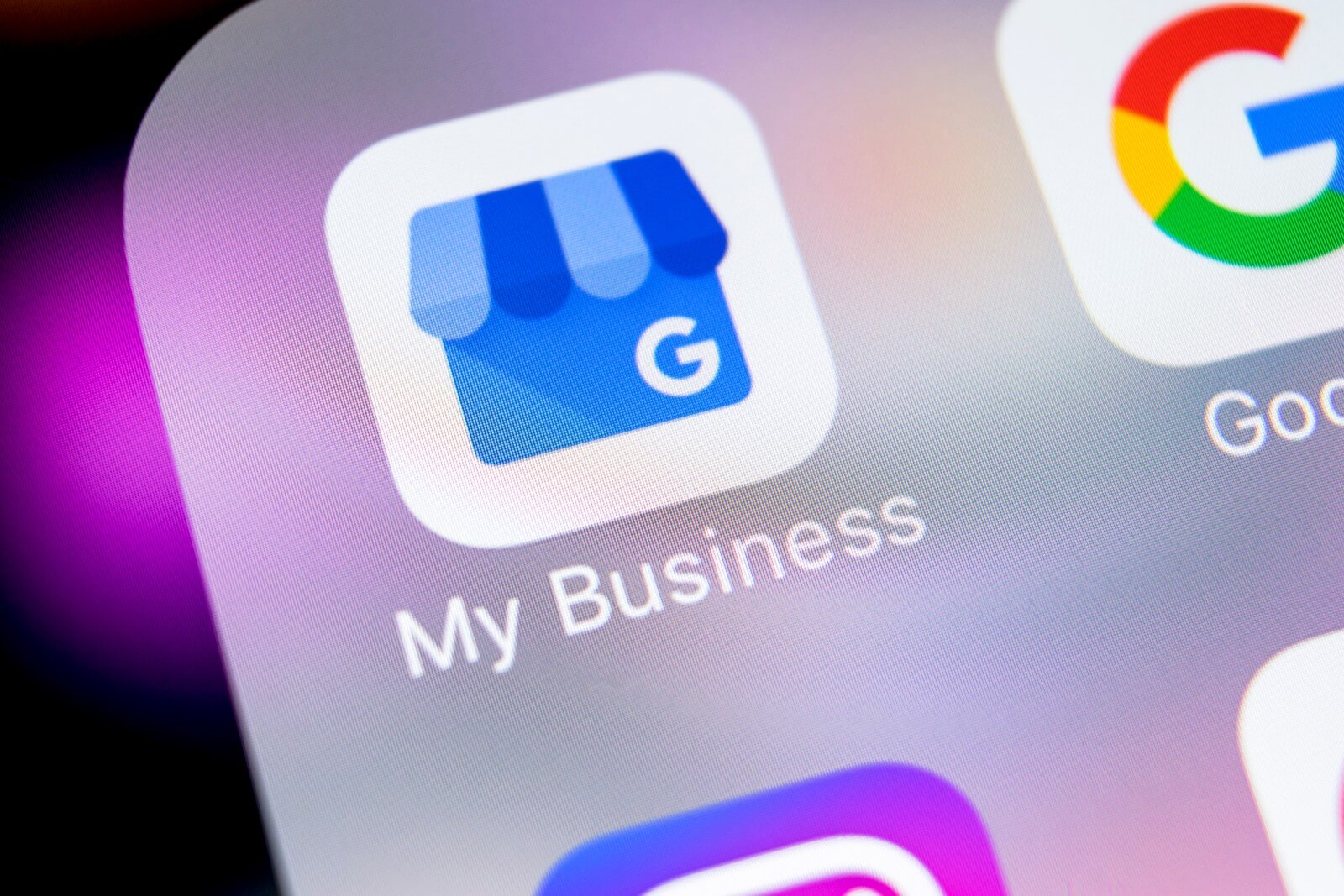By OppGen
Reviews are important when ordering a product online, but they are also incredibly important for clinics. 77% of patients rely on online reviews as their first step to find a new doctor. Seeing high ratings and reading reviews and the responses from clinics can give prospective patients a general idea of what they can expect from a healthcare provider.
The importance of reviews are one thing, and getting your clinic reviews is another thing entirely. At first, it may feel uncomfortable to focus on getting reviews for your clinic, but it will only help more patients find you, and then you can help these patients in return.
OppGen can help you get more patient reviews. Contact us to learn more.
1. Create Multiple Places for Patients to Leave Clinic Reviews
Patients cannot leave reviews if there are no places for them to do so. Claiming your clinic or creating a page at the following websites can make it easy for patients to review your clinic. Not only does it increase the likelihood of getting a review but it is also an easy way to do some link-building for your clinic’s website.
Many of the following third-party review sites have badges you can add to your website that will redirect patients to a page that lets them easily read and leave reviews. This is also useful for prospective patients who may be in the research process and is seriously considering going to your clinic for their healthcare needs.
Keep in mind that with these third-party sites that you may not be able to reproduce them, as both the third-party site and patient own these reviews. Not to mention that reproducing these reviews without your patient’s permission is a violation of HIPAA laws.
If you want to be able to quote or share parts of a patient’s review to your clinic’s social media page, create a survey using SurveyMonkey or Google Forms and link to it when requesting reviews from patients who have consented to you sharing their review. You can also create a landing page for your website requesting this information as well.
Contact us to learn how OppGen Marketing creates landing pages for our clients.
Google My Business
When you search for a specific service on Google, one of the first results you’ll see is a rich snippet with Google Maps and a list of nearby services, most of which have reviews.
If you want your clinic to appear on a search, you should make a Google My Business account. It’s free and ensures that your clinic pops up on relevant Google searches. Google My Business allows your patients to leave reviews and lets you respond to their reviews. On top of those features, you can include your address, phone number, and hours of operation, and post updates about your business.
Facebook
If you’ve been creating Facebook ads for your clinic, then you have a Facebook business page for your clinic. If you don’t have a Facebook business page, don’t wait around — make one ASAP! Like Google My Business accounts, Facebook business pages are free. You can post updates and include your address, contact information, and hours of operation. You can even utilize Facebook Messenger to chat with current and prospective patients.
And of course, it allows patients to leave reviews.
Yelp
Yelp allows reviews regardless of whether or not you have an account with them, so you should certainly take the time to claim your business. This allows you to respond to reviews via direct messages or reply to the review itself, track views and leads coming from Yelp, and update information (i.e., hours of operation, address, contact information, etc.).
Healthgrades
Healthgrades is perfect for any and all healthcare providers, and many prospects find it useful, too, especially because it allows providers to list accepted insurances. Plus, it has the largest audience of healthcare consumers online. Healthgrades could be an option that could be considered to be further down the marketing funnel, maybe even more than Google, for prospective patients. The consumers there know what they’re looking for and are narrowing down options based on things like accepted insurance agencies, patient reviews, and so on. Like the other options, Healthgrades doesn’t cost a dime and is highly specific by field.
With all of these websites, make sure your clinic’s information is accurate and up to date. Incorrect information will only hurt your clinic.
2. Ask Patients for a Review of Your Clinic
Asking for a review is a bit of a no-brainer, but it still takes thought and consideration: When is the best time to ask? Where should I ask? How should I ask?
In all honesty, the answer to these questions is “it depends.” Context matters. Asking for a review at the wrong time or place, or simply asking in the wrong way might result in a negative review that might detract prospects from your clinic.
A good rule of thumb is to ask your patients to leave a review using the same medium of communication: in-person, over calls or text messages, your website, social media, email, and so on. Be sure to read the room — if your patient does not seem pleased with your clinic’s treatment or procedure, it may be wise to refrain from requesting a review. On the flip side, it’s a great idea to ask a patient who thanks you and compliments your services is prime to write a review.
Don’t forget about privacy and remaining HIPAA-compliant in how you gather reviews. If a patient has not consented to be contacted via email or text message, do not request a review through those channels. It is a good idea to tell patients they can submit reviews anonymously (when and where possible) and that they do not have to go into depth about the details of their visit. Give them some examples of what they can include in a review (“they took a lot of time to answer my questions”).
Last but not least, keep track of which patients have already left reviews so you don’t request another review from them again.
For more ideas on how to ask patients for a review, contact us today.
In-Person
You don’t have to ask a patient for a review while they’re sitting on the exam table — there are other times, places, and ways you can ask in-person. The end of a visit or during waits between appointments (patients often wait for a doctor after seeing a nurse) are excellent times to request a review.
Consider printing appointment reminder cards with an active link to a review website and having your office employees say they can leave a review with the link on the card. Patients often keep reminder cards in places where they’ll see them so they remember when they have the appointment, like on their refrigerators, calendars, or desk.
Another print option to look into is take-home care instructions. Obviously you don’t want the review request to be the main focus of these instructions. The health and safety of your patients always comes first. Specifically with take-home instructions, keep a neutral and professional tone in the call to action.
Promotional items, like pens or magnets, can keep your clinic at the forefront of patients’ minds and can encourage them to leave reviews. Use a short call to action: “Tell us about your visit!”
With any printed review reminders, use a link shortener like bit.ly. It’s much easier than typing out the entire address.
Phone Calls
It’s common for clinics to call patients for appointment reminders a day or two ahead of the appointment. Some clinics may also call to follow-up with a patient after a procedure. That follow-up call should be utilized more often for patients who did not undergo a medical procedure. Calling to check in with someone is always a thoughtful thing to do, but you should also use that follow-up call to request a review and direct patients to a landing page or third-party website.
Text Messages
Fewer and fewer people own landlines and have cell phones instead. As a result, some clinics have started to move away from phone call reminders and follow-ups, and are using text reminders and follow-ups more often. Some of these reminders and follow-up text messages are automated, which can make this an easier process for your clinic.
Since smartphones are commonplace, patients can be sent a review request that includes a link to your landing page, where they can fill out and submit a review form right from their phone!
Your Clinic’s Website
If your patients tend to schedule appointments through your website, add a call to action button in a visible place on your most popular pages that links to a landing page, survey form, or third-party review website page.
Be sure to include third-party website badges on your website, too — you can easily link to your clinic’s Facebook, Google My Business, Yelp, Healthgrades pages, and more.
Social Media
Create a post that links to your landing page or favorite third-party review website. You should make this post more than once, but try to change up the language and when you post it to see when you’ll get the most reviews. Use best practices depending on the social media platform you’re using, and don’t use the exact same content on each platform. Every platform has different “rules” for what’s considered appropriate in a post.
Email
Sending a personalized thank-you email after an appointment is one way to ask for a review without really asking. Along with the thank you message, there should be a link for third-party review websites and/or your clinic website’s landing page form.
Automated emails may be a better option for bigger practices, but be sure the email software you’re using is HIPAA-compliant. Only email patients who have consented to be contacted via email.
Automated emails can be done well and don’t take as much time as a personalized email. However, a personal touch is always a nice touch and can make a big difference in how your patients perceive you and your clinic.
Emails are great in that they are not limited in terms of text, so you can easily share an example review for patients who don’t know what to write about in their review, along with reminders that they do not need to go too in-depth about their exam, and that they can submit an anonymous review or that you’ll remove their name upon request. Be honest about where their review will be shown and how it will be used, and that reviews are not required but greatly appreciated.
3. Offer Incentives
Sometimes simply requesting a review isn’t enough to get your clinic a review. People get busy and forget, and after a certain period of time passes, they’re not going to be able to give the best review possible. The best reviews tend to be written on the day of the appointment, when your service and treatment is still fresh in patients’ minds.
Make a review worth your patients’ time with an incentive. An incentive can be a lot of things: it could be a discount on their next exam or entering reviewers into a drawing or raffle for cash, prizes, or a gift card. You could run a contest for the best review, and the winner receives a prize or discount.
Don’t be afraid to think outside the box for how you can incentivize patients to write a review for your clinic.
Need more incentive ideas? Contact us for a complimentary strategy session.
4. Respond to All Clinic Reviews
Responding to each and every single review is a must, even if the review does not do your clinic any favors. In fact, a good response to a negative review can be insightful to prospects and may lead them to choose your clinic for their medical needs.
Responding to Negative Reviews
When you respond to negative reviews, you must acknowledge the issue, even if you don’t think it exists. Acknowledge it anyways.
Apologize. Do not say “we are sorry if this happened.” The “if” goes against the acknowledgment of the issue. Stick to “we are sorry this happened.” It affirms the reviewer’s experience and acknowledges they did not receive the experience they expected from your clinic. If there is any reason why they had an issue, explain what that reason may have been (i.e., “Our nurse had a family emergency and had to leave on short notice, so we were short-staffed when you came in”).
Compensate the reviewer in some way; maybe this means giving them a discount on their next appointment or a free exam. Decide what works best for your clinic and the situation. Depending on the situation, you may wish to have the reviewer discuss matters offline.
While you should take some negative reviews with a grain of salt, it is worth seeing if there are any consistencies or similarities with the content of more middle-of-the-road reviews or smaller complaints in positive reviews. If so, this means you have found an area where your clinic can improve, and you should make changes accordingly. Patients, particularly those who mentioned issues in their reviews, are likely to notice those improvements and feel better knowing they go to a clinic where their issues are not only heard but are listened to as well.
Responding to All Types of Reviews
When responding to any review, do not use a copied and pasted template. To patients and prospects, those cookie-cutter responses do not read as sincere. It takes less than a minute to copy and paste and fill in the blanks and suggests that you do not truly care about your patients’ concerns — that’s definitely not something any medical professional would want prospects or current patients to believe about their clinic!
If you’re able to recall some minor detail about the patient that would not give their personal information or share any potentially identifying information, include that. Never reveal any personal details or information about the patient when you’re responding to publicly posted reviews, regardless of whether or not the reviewer is anonymous. A review response should never, ever be the same.
5. Highlight the Best Reviews for Your Clinic
Sharing an incredibly positive review on your website’s testimonial page or social media accounts makes more people want to review your clinic’s services and draws the attention of more prospective patients.
To ensure HIPAA compliance, always get permission from patients if you can share a quote from their review on social media. If there is any information in a review that may reveal the identity of a patient, either do not use the review at all or redact that information using ellipses (these 3 little dots: …).
The best way to ensure that your clinic’s patient review policy and strategy are HIPAA-compliant is to work with a HIPAA-trained digital marketing agency. OppGen’s HIPAA-trained team of analysts has worked with a wide variety of medical clinics to great success. Contact us today for more information about our medical marketing strategies and fill out our free digital audit.





